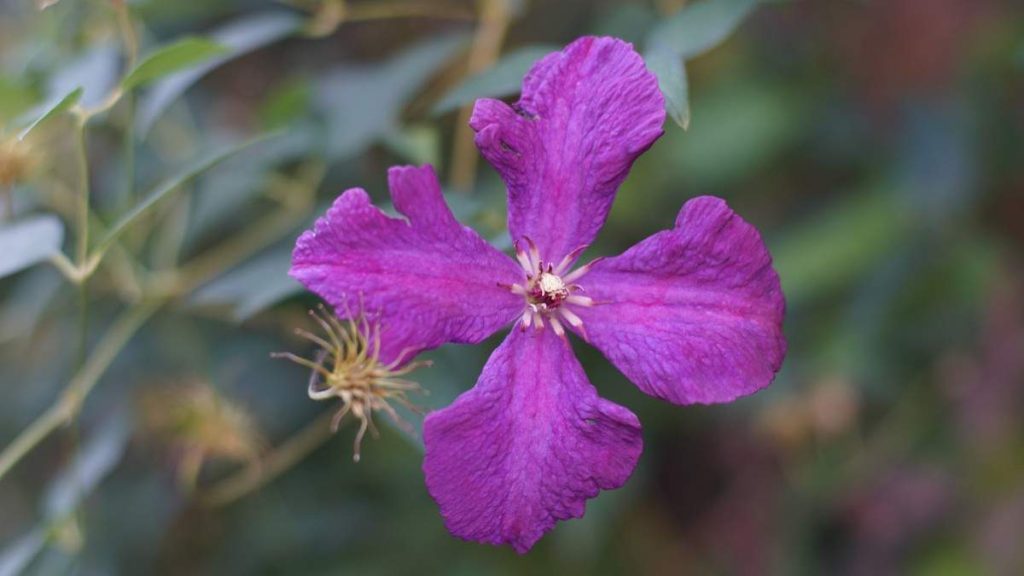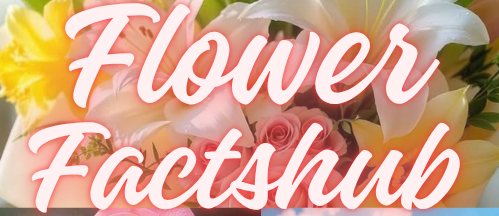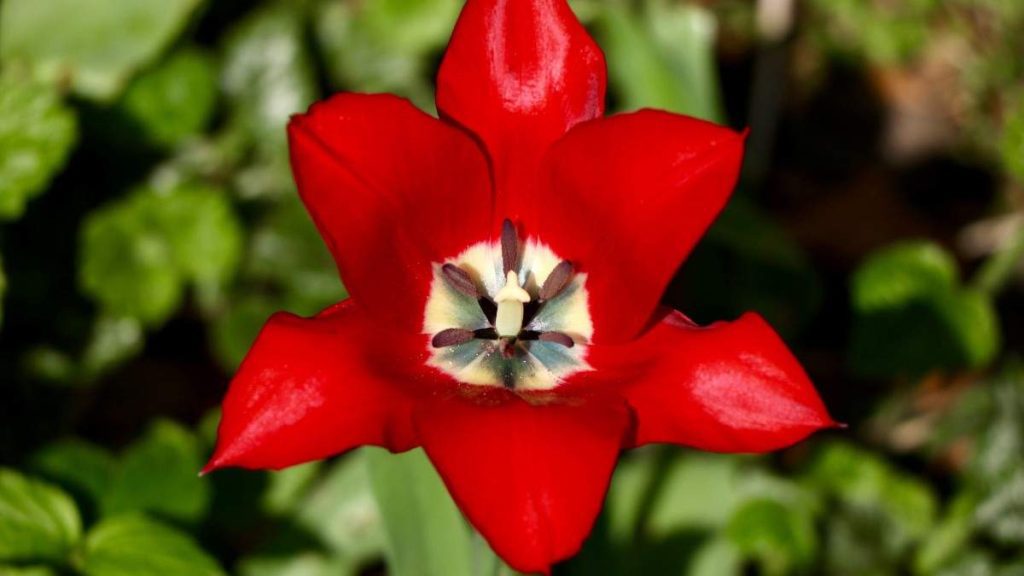Columbine flowers, known for their delicate, bell shaped blooms and unique urged petals, are a striking addition to any garden. Often found in shades of blue, purple, red, yellow, and white, they bring both color and charm to outdoor spaces. Their airy, lacy greenery and graceful appearance make them a favorite among gardeners who value both beauty and flexibility.
More than just ornamental, columbine flowers carry rich historical and cultural meaning. These blossoms have long symbolized strength, wisdom, and love across various traditions. Gardeners and nature lovers admire columbines for their visual appeal and also appreciate how these woodland and meadow natives attract pollinators like hummingbirds and bees. As we explore further, you’ll discover why people cherish columbines for much more than just their beauty.https://flowerfactshub.com/hawaiian-flowers/
Historical Significance
Columbine flowers, scientifically known as Aquilegia, have a long and meaningful history that dates back centuries. Their name comes from the Latin word columba, meaning “dove,” because early botanists thought the flower’s spurred petals resembled a cluster of doves in flight. This unique shape quickly captured attention in art, religion, and folklore throughout Europe and North America.
In ancient times, columbines were more than just garden flowers they were powerful symbols. In Christian iconography, the columbine often represented the Holy Spirit or sorrow, depending on its color and context. Artists painted them into religious works to symbolize purity, divine inspiration, or sometimes even sad. Meanwhile, Native American tribes used columbine seeds in traditional medicines and sometimes in love charms, believing the flower carried emotional or spiritual energy.
By the Middle Ages, columbines had found their way into gardens and literature across Europe. They symbolized strength, courage, and sometimes foolishness, depending on the culture. Their dual symbolism fragile beauty with deep emotional meaning made them both admired and respected.
Today, as we appreciate their delicate appearance in modern gardens, it’s fascinating to remember that these graceful blooms were once revered as sacred symbols and natural remedies. Their history adds depth to their beauty, connecting today’s gardeners to centuries of storytelling and symbolism.
Purpose of the Discussion
Understanding columbine flowers goes far beyond simply admiring their beauty in a garden bed. The purpose of this discussion is to explore why columbines continue to hold relevance today both in the natural world and in our personal spaces. From their historical symbolism to their modern roles in landscaping, wildlife support, and even art, columbines offer far more than just visual appeal.
In this article, we aim to highlight the many layers that make columbines special: their biological variety, cultural depth, ecological benefits, and practical uses in gardens and floral design. We’ll also discuss how these flowers contribute to biodiversity by attracting pollinators, and why they’re considered a sustainable choice for many gardeners.
By the end of this exploration, you’ll not only have a deeper appreciation for columbine flowers but also a clear understanding of how they fit into both the past and the present ridging nature, symbolism, and sustainable beauty in one elegant bloom.
Types of Columbine Flowers
Columbine flowers come in a wide range of species and hybrids, each offering its own unique charm. With over 70 species in the Aquilegia genus, they vary in color, shape, and size making them a versatile choice for gardens across different climates and landscapes. Most types share the familiar five-petal, spurred flower structure, but their appearance can range from delicate and pastel to bold and vibrant.
One of the most well-known is the Aquilegia vulgaris, often called the common columbine. Native to Europe, this species is admired for its deep purple or blue petals, although cultivars come in many shades. Then there’s the Aquilegia Canadensis, or Eastern red columbine, native to North America. Its striking red and yellow flowers attract hummingbirds and are especially popular in wildflower gardens.
Aquilegia cerulean, known as the Colorado blue columbine, is another standout. As the state flower of Colorado, it features soft blue and white petals with long, graceful spurs. Gardeners also love hybrid varieties like the McKenna Giants, which come in a mix of bold color combinations and are perfect for adding a splash of drama to borders and beds.
From compact, shade-tolerant varieties to tall, sun-loving cultivars, columbines adapt well to different growing conditions. Their diversity allows gardeners to choose types that best match their aesthetic preferences, climate, and garden layout making them not just beautiful, but also incredibly practical.

Columbine in Landscaping and Companion Planting
These flowers aren’t just pretty they’re incredibly useful in landscaping. With their airy foliage, unique flower shapes, and wide range of colors, columbines add a whimsical, natural touch to almost any garden design. Whether you’re aiming for a cottage-style garden, a woodland path, or a pollinator-friendly space, columbines fit right in. They thrive in partial shade but can also handle full sun in cooler climates, giving gardeners flexibility in where they plant them.
Thanks to their graceful appearance, columbines work beautifully as under plantings around taller shrubs or trees. They fill in gaps without overwhelming nearby plants, and their mounded growth habit keeps borders soft and inviting. They also reseed themselves lightly, creating natural-looking clusters that evolve year after year without becoming invasive.
In terms of companion planting, columbines pair well with other early bloomers like bleeding hearts, hostas, ferns, and lungwort. These combinations create layered textures and color variation in shady to semi-shady beds. Since columbines attract pollinators like bees, butterflies, and hummingbirds, they also support the overall health of your garden when planted near vegetables or fruit-bearing plants. Their ability to draw in beneficial insects makes them more than just decorative they actively contribute to a thriving, balanced ecosystem.
With so much versatility and charm, it’s easy to see why columbine flowers are a smart, stylish choice for gardeners looking to blend beauty with purpose.
Fun Facts About Columbine Flowers
Columbine flowers may look delicate, but they’re full of surprises. One of the most fascinating things about them is their name Aquilegia which comes from the Latin word for eagle. Why? Because the flower’s spurred petals resemble an eagle’s claw. It’s a poetic reminder of how closely nature and imagination are tied together.
Another interesting fact is that columbine flowers are highly adaptable in the wild. You’ll find them growing in meadows, woodlands, and even rocky slopes. Their ability to self-seed means they can return year after year, often popping up in places you didn’t expect making them a favorite among fans of naturalistic gardens.
The Colorado blue columbine (Aquilegia caerulea) is so beloved that it’s protected by law in Colorado. Picking wild blooms is limited to ensure they continue to thrive in their natural habitat. Also, some Native American tribes once used columbine seeds in love potions another nod to their long-standing place in cultural folklore.
Lastly, columbines are known for their unique role in pollination biology. Different species have evolved distinct spur lengths to match specific pollinators like hummingbirds, hawk moths, or bees making them a textbook example of co-evolution in action. They’re not just pretty; they’re also scientific marvels
Final Thoughts
The Columbine flower isn’t just another pretty bloom, it’s a symbol of grace and resilience, combining delicate beauty with reliable growth. Its fairy-like flowers charm both gardeners and guests alike, while its ability to attract pollinators adds purpose to its presence. The more you get to know Columbine, the more you appreciate how much joy and character it brings to your garden.
For gardeners seeking plants that are both visually stunning and ecologically meaningful, Columbine is a perfect choice. It invites wonder, supports nature, and offers ease of care, a rare and magical combination that explains why so many gardeners have completely fallen in love with it.
Frequently Asked Questions (FAQS)
Q1: When do Columbine flowers bloom?
Columbine typically blooms in late spring to early summer, with each bloom lasting several weeks.
Q2: Are Columbines good for attracting wildlife?
Yes! They’re loved by hummingbirds, bees, and butterflies making them perfect for pollinator gardens.
Q3: Can Columbine grow in shade?
Columbine prefers sun to partial shade and can thrive even in dappled woodland areas.
Q4: Are Columbine flowers invasive?
Not invasive, but they readily self-seed, so you may find them popping up around the garden in future years.
Q5: Are Columbines toxic to pets or humans?
Yes, all parts of the Columbine plant contain compounds that can be mildly toxic if ingested, so keep them away from curious pets or children.



